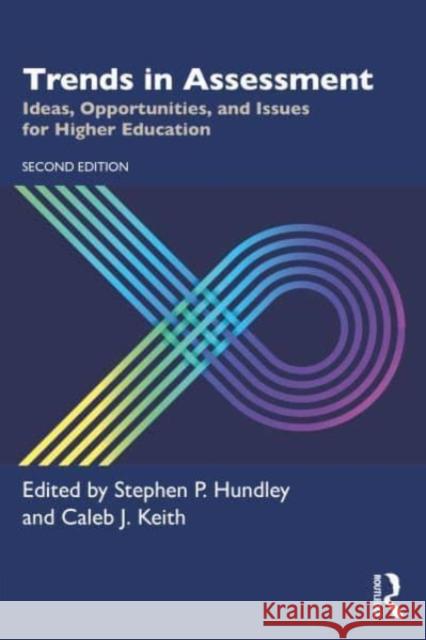Trends in Assessment » książka
Trends in Assessment
ISBN-13: 9781642676099 / Angielski / Miękka / 2023 / 234 str.
Trends in Assessment
ISBN-13: 9781642676099 / Angielski / Miękka / 2023 / 234 str.
(netto: 148,61 VAT: 5%)
Najniższa cena z 30 dni: 154,44 zł
ok. 22 dni roboczych
Bez gwarancji dostawy przed świętami
Darmowa dostawa!
Informed, in part, by sessions at the Assessment Institute in Indianapolis, the oldest and largest U.S. event focused on assessing and improving higher education, this second edition of Trends in Assessment is intended to encapsulate lessons learned from the recent past, reflect the current state, and inspire future directions for higher education assessment.
Throughout the volume, organizers of the Assessment Institute contribute chapters framed around some of the major topics, tracks, and themes from the annual program. Each chapter provides important background and context with attention to the significance of the topic, describes current and enduring trends, and offers ideas about emerging trends and their implications for higher education. Chapters conclude with a summary of the main trends and questions for consideration and discussion. The volume is also influenced by the work of key Assessment Institute national-level partners, along with the substantial bodies of literature on student learning and development, assessment and improvement, and higher education administration.
This book provides readers with information, strategies, and resources on assessment concepts and approaches across a broad and diverse mix of disciplines, institutional and organizational types, and levels of experience in higher education assessment. Designed to be incorporated into workshops, professional development programs, and courses, faculty and staff members, educational developers, student affairs practitioners, and graduate students of higher education administration will find the ideas and information presented in Trends in Assessment a useful resource on assessment and improvement in contemporary higher education.
Informed by sessions at the Assessment Institute in Indianapolis, this second edition of Trends in Assessment is intended to encapsulate lessons learned from the recent past, reflect the current state, and inspire future directions for higher education assessment.











